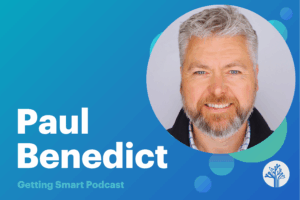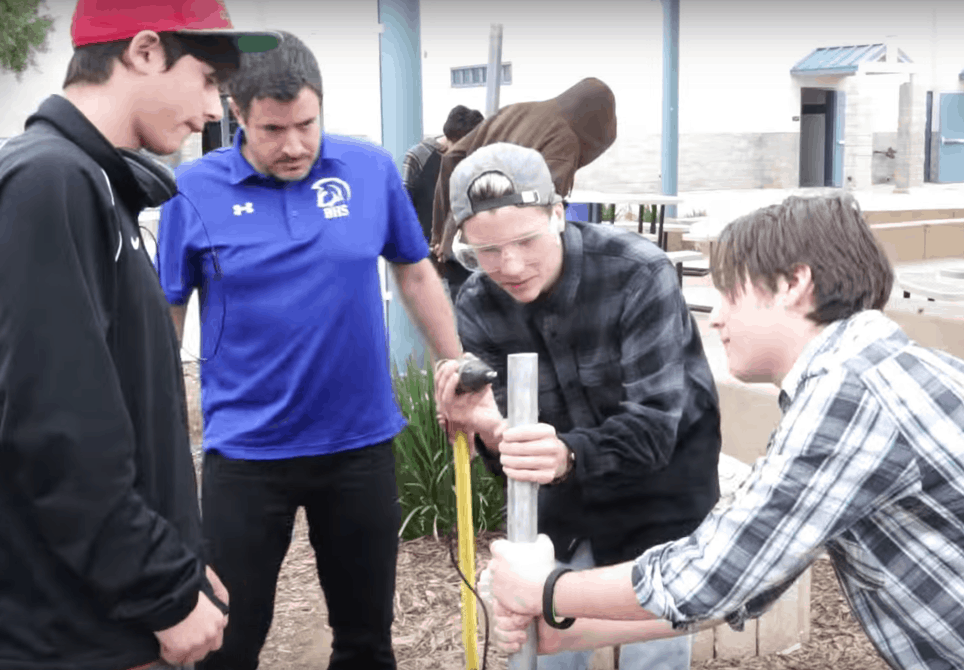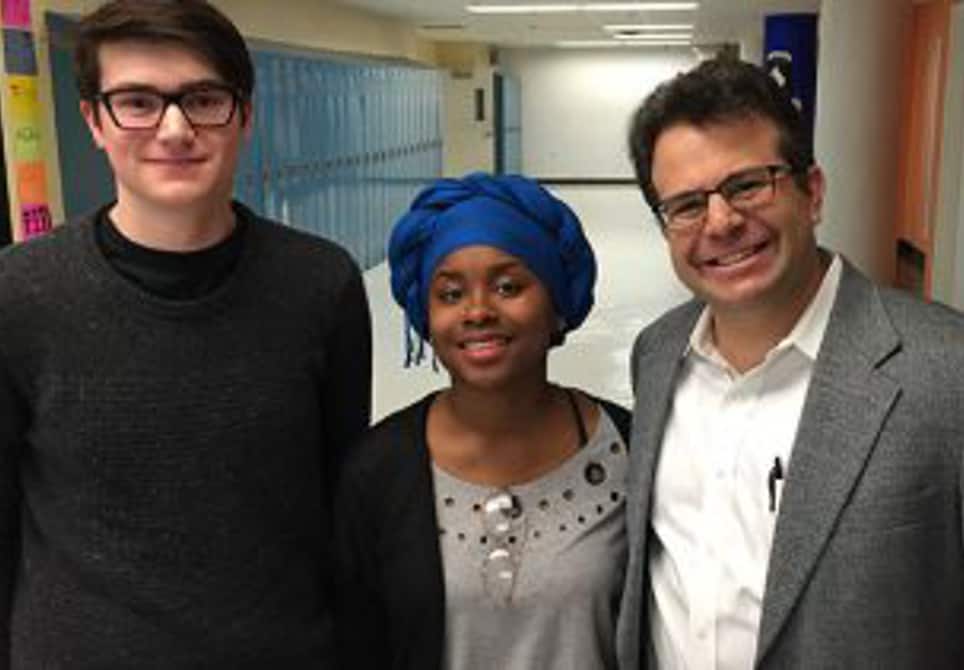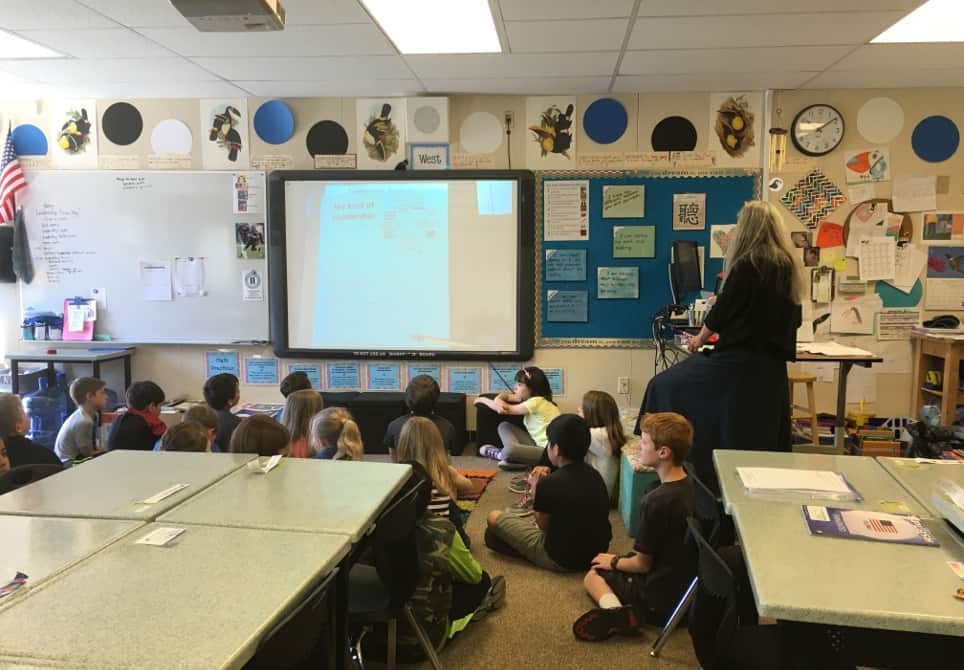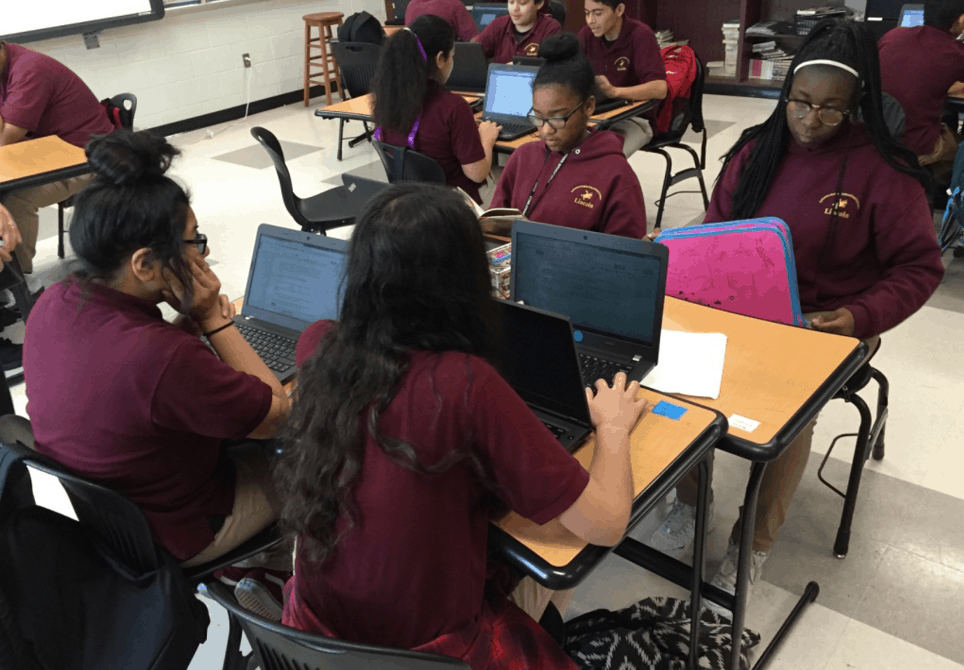leadership
Project-Based and Place-Based Learning in New Tech Schools
By: Julie McBride. Here are two examples of how New Tech Network schools often engage in project-based and place-based learning experiences that leverage partnerships and community assets for authentic and meaningful student learning.
5 Organizations Scaling Innovations in Learning Across Africa
We live in a time of great opportunity to help spread new schools and new tools to those who need them across the planet. Here are five education organizations to watch as they scale innovations in learning across Africa.
Celebrate the Flops (Then They Don’t Hurt So Much): 7 SEL Mindset Tips
Mistakes are part of the learning process, and when we treat them as such through an SEL mindset, they give us reason to celebrate. Here are seven tips for turning flops back into flips.
6 Practices of Thoughtful Leaders
Here are examples of thoughtful education leaders creating innovative places where young people can practice consideration, collaboration, critical thinking and creativity in a complex and sometimes overly violent world.
The Nuts & Bolts of Opening A New School
If you've already gained approval, found funding, secured a location and are in the final countdown for a new school, here's advice from experts on what to include on the final pre-opening checklist.
10 Lessons in Leading New School Development
We surveyed 20 experts and education leaders about the important aspects of new school development, and here are 10 leadership lessons learned they shared to assist with success.
Learning (and Teaching) Leadership in the Early Grades
Mukilteo Elementary School in Washington State teaches students leadership skills by implementing FranklinCovey's The Leader In Me, a program designed to teach the '7 Habits of Successful People' to younger students.
Seeking Adventure with Purpose, Gaining Trust and Support
By: Judith Stalter. Through programs such as the Peace Corps, you can learn hard and soft skills that will benefit you in life through real world experiences while serving a community in need.
5 Teacher-Recommended Podcasts that Will Enrich, Entertain and Inspire You
By: Kristine Scharaldi. How can a busy teacher find time to discover innovative ideas and new technology tools? Here are five teacher recommended education podcasts that can help.
Do You Have A Blended Learning Department? You Should.
Washington, D.C., is an interesting place for education, as we recently witnessed while touring schools there with a group from Kansas City to learn more about what the district has done to blended and personalized learning.


